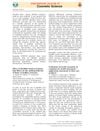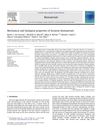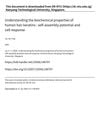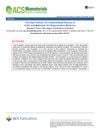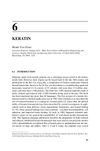Effect of Disulfide Bonds in Human Hair Fibers on the Melting Behavior of Their Crystalline Structure
January 2009
in “
Journal of S C C J
”
disulfide bonds human hair fibers peracetic acid cystine cysteic acid α-crystalline structure amino acid compositions high pressure differential scanning calorimetry endothermic peak α-crystallites polarized light microscopy intermediate filament-associated proteins intermediate filaments thermal stability hydrophobic interactions hair fibers crystalline structure amino acids calorimetry crystallites microscopy filament proteins filaments
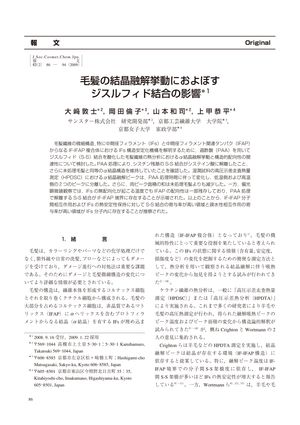
TLDR Changing disulfide bonds in human hair affects its melting behavior and thermal stability.
In the 2009 study, researchers found that oxidizing disulfide bonds in human hair fibers with peracetic acid affected the melting behavior of the hair's crystalline structure. The oxidation converted cystine to cysteic acid but did not alter the α-crystalline structure or other amino acid compositions. High pressure differential scanning calorimetry showed that the endothermic peak of α-crystallites split into two, with one melting at a lower and the other at a higher temperature than untreated hair, and the total area of these peaks decreased. Polarized light microscopy indicated that intermediate filament-associated proteins (IFAP) maintained some orientation even after the intermediate filaments (IFs) lost their orientation. This suggests that disulfide bonds at the IF-IFAP interface contribute to the thermal stability of IFs, with some regions being stabilized by these bonds and others by hydrophobic interactions. The findings could inform the development of targeted hair repair treatments.

